HOW LABORATORY TESTS ARE DONE BEFORE BLOOD TRANSFUSION AT KAKAMEGA PROVINCIAL GENERAL HOSPITAL
Kakamega provincial hospital is one of the hospitals at level six, and it acts as a referral to many District hospitals in the Western region. It offers majorly curative and rehabilitative health services to the people of Kakamega County and the surrounding counties such as Vihiga and Bungoma. Laboratory is one of the sections that offer services to the patients especially the diagnostic services and blood transfusion being one of them, there are particular procedures that are carried out before traffusion. These procedures include;
-ABO and RH Grouping.
-Direct coombs test.
-Indirect coombs test.
-Compatibility test.
ABO and RH grouping
The ABO and Rhesus blood group systems are clinically the most significant. Blood donors and patients must be correctly ABO grouped because transfusing ABO incompatible blood may result in the death of a patient.
ABO grouping consists of:
-Cell grouping in which the red cells are tested for antigens A and B using anti-A and anti-B sera.
– Serum grouping reverse in which the serum is tested for anti-A and anti-B antibodies
Using known A and B red cells.
Cell grouping is mainly used to group the blood. The tile method was used.
Requirements.
-Anti-A , anti- B and anti-D antisera
-White tiles
-Applicator sticks
-pipettes
Procedure
Three wells on the tile are labeled A, B and D.
A drop of blood is added to each well using a bulb pipette.
A drop of Anti-A, anti-B and anti-D antisera are added to each of the wells labeled A, B and D respectively and mixed using separate applicator sticks.
The wells are examined for agglutination.
Direct Coombs Test
This test is carried out to detect sensitized cells inside the body.
Principle
Normal human red cells in the presence of antibody directed towards the antigen they possess
Fail to agglutinate and sensitized. This may be due to the particular nature of the antigen and
Antibody involved. AHG will react with RBC sensitized with gamma globulins or components
Of human complement and cause agglutination of the red blood cells.
NB: Sample should be clotted whole blood.
Requirements
-test tubes
-Normal saline
-Antihuman globulin
Procedure
The reagents are brought to room temperature.
A test tube is labelled DCT
5% cell suspension is prepared to use normal saline.
A drop of the cell suspension is pipette and transferred to a test tube labelled DCT.
A drop of the anti-human globin was added to the tube and centrifuged at 1000rpm for 2 minutes.
The content of the tube was mixed and examined for agglutination both macroscopically and microscopically.
Results interpretation
Agglutination- indicates the presence of antibody attached to red blood cells in vivo
Absence of agglutination-indicates the absence of antibodies attached to blood cells.
Compatibility Testing/ Blood Cross matching
Blood compatibility testing is mainly done to prevent transfusion reactions by ensuring ABO grouping of blood to be transfused is compatible with the patients ABO group. Also in irregular antibodies that might cause a reaction with the donor’s cells are detected.
Phases of blood Cross- matching
Four phases involved in blood cross -matching;
1. Room temperature phase
This phase detects ABO incompatibility and other incompatibility caused by other naturally occurring antibodies such as cold agglutinins.
2. Saline phase at 37oC
This phase detects saline reacting antibodies such as those of rhesus systems Lewis, and Kell system. It helps distinguish cold antibodies that are detected at room temperature but fail to react at 37oC.
3. Albumin phase at 37oC
This phase detects almost all rhesus antibodies.
4. Coombs Phase at 37oC.
In this phase rhesus antibodies and most IgM antibodies are detected. This phase detects antibodies that are associated with acquired haemolytic anaemia.
Procedure for Blood Compatibility Test
Blood unit with the same blood group as the patients and the blood regrouped to confirm the ABO group.
Three drops of the blood unit are washed in normal saline three times and the last wash completely poured.
The cells are then re-suspended in normal saline to make 5% cell suspension.
Four tubes are labelled saline room temperature (SRT), saline 37oC (S37), albumin 37oC (A37), and coombs37oC (C37).
Two drops of patient’s serum are added to all the four tubes.
Two drops of the washed donor cells are then added the four tubes.
Two drops of the albumin are added to the tube labelled A37 and mixed.
The tube labelled SRT is then centrifuged at 1000rpm for 2 minutes and then examined for agglutination both microscopically and macroscopically
The other tubes are incubated at 37oC for 30 minutes.
The tubes are then centrifuged at 1000rpm for 2 minutes after incubation and then examined for agglutination and haemolysis macroscopically and microscopically.
If no agglutination is observed, the content of the tube labelled C37 is washed three times then 2 drops of anti-human globin added and mixed.
The tube is then centrifuged at 1000rpm for 2 minutes and then examined for both haemolysis and agglutination.
Results Interpretation
Agglutination –Non compatible blood
No agglutination- Compatible blood
Article source: https://www.zakenya.com/Health-and-Fitness/157-HOW-LABORATORY-TESTS-ARE-DONE-BEFORE-BLOOD-TRANSFUSION-AT-KAKAMEGA-PROVINCIAL-GENERAL-HOSPITAL.html


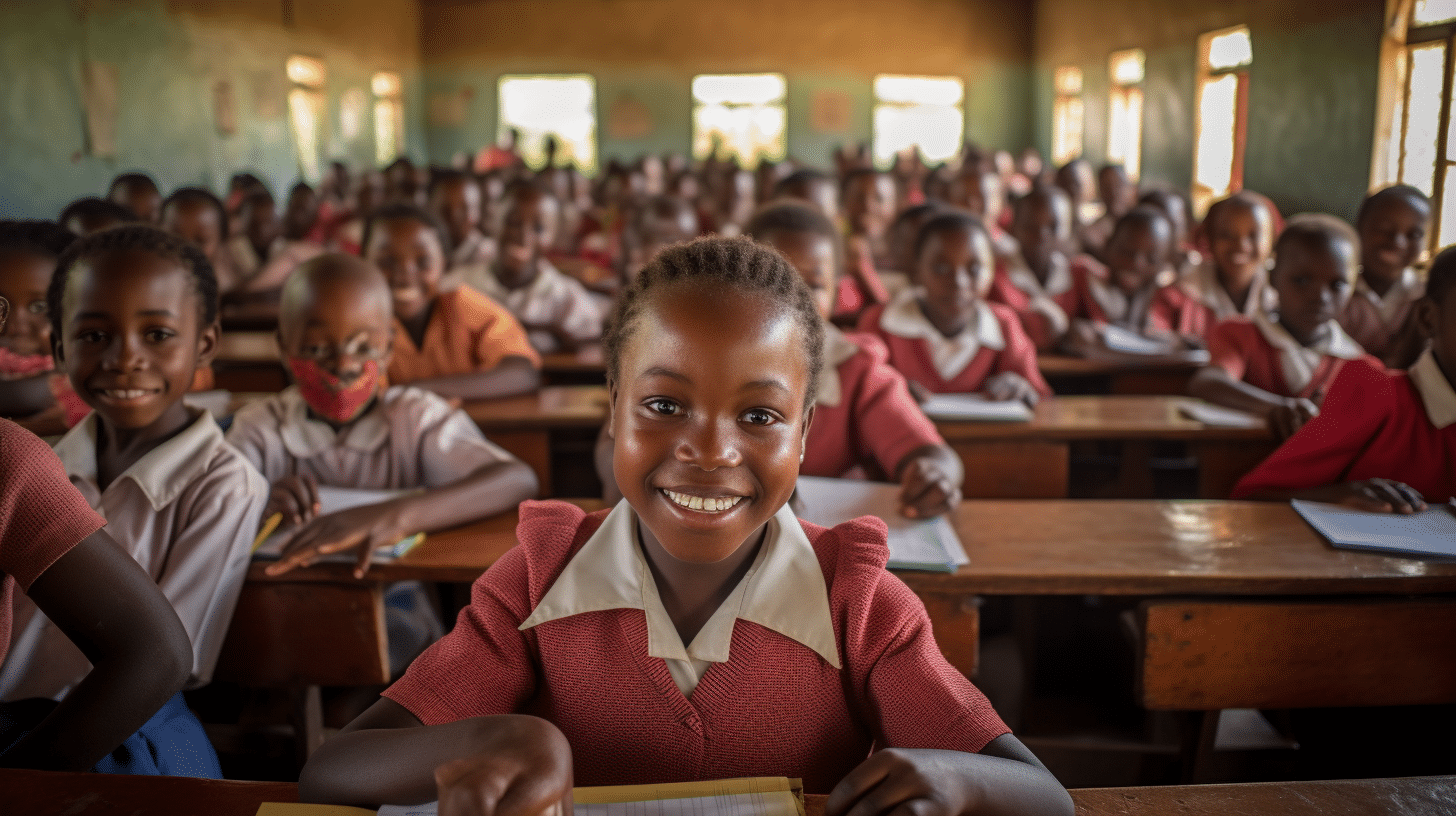
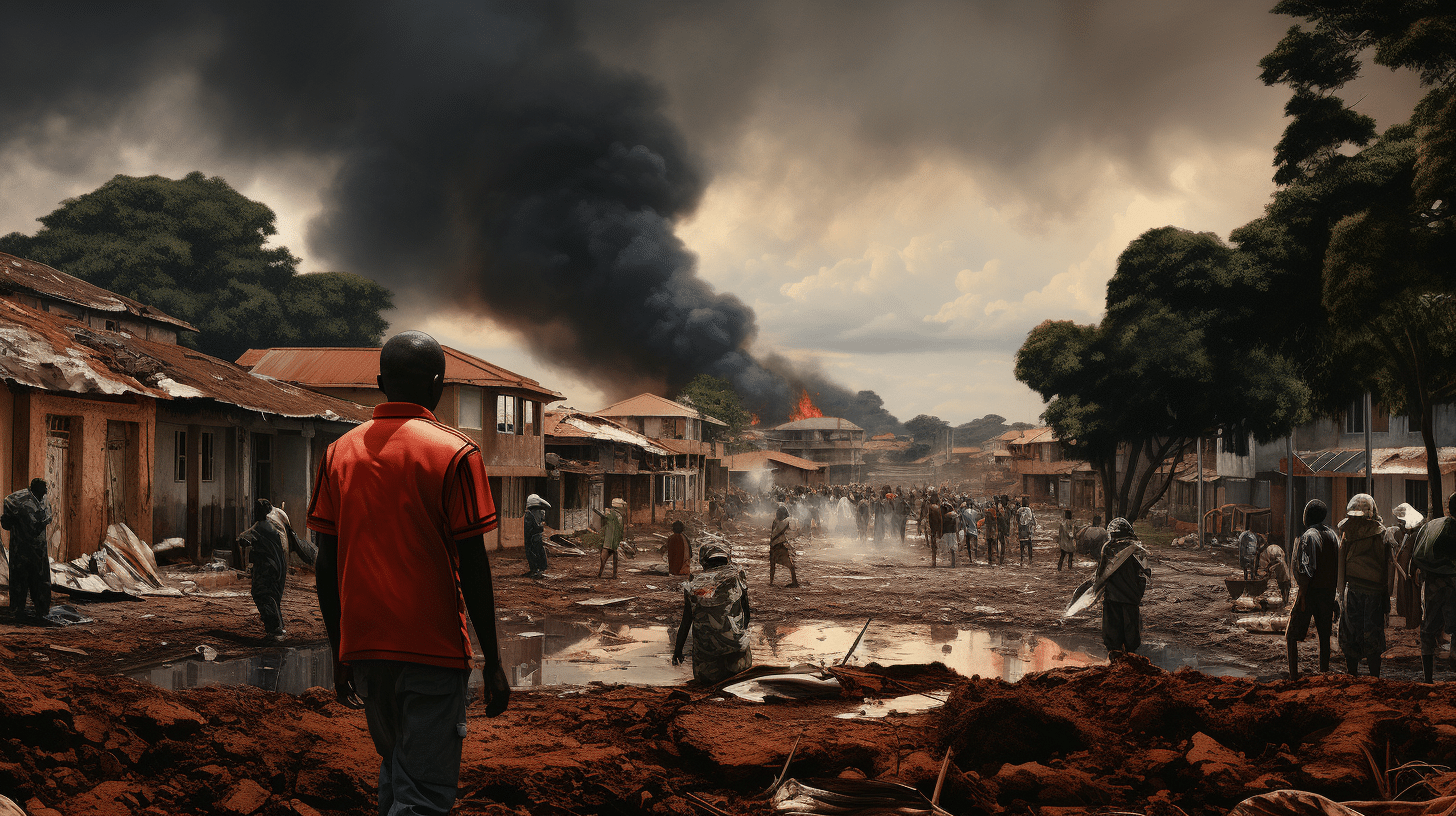





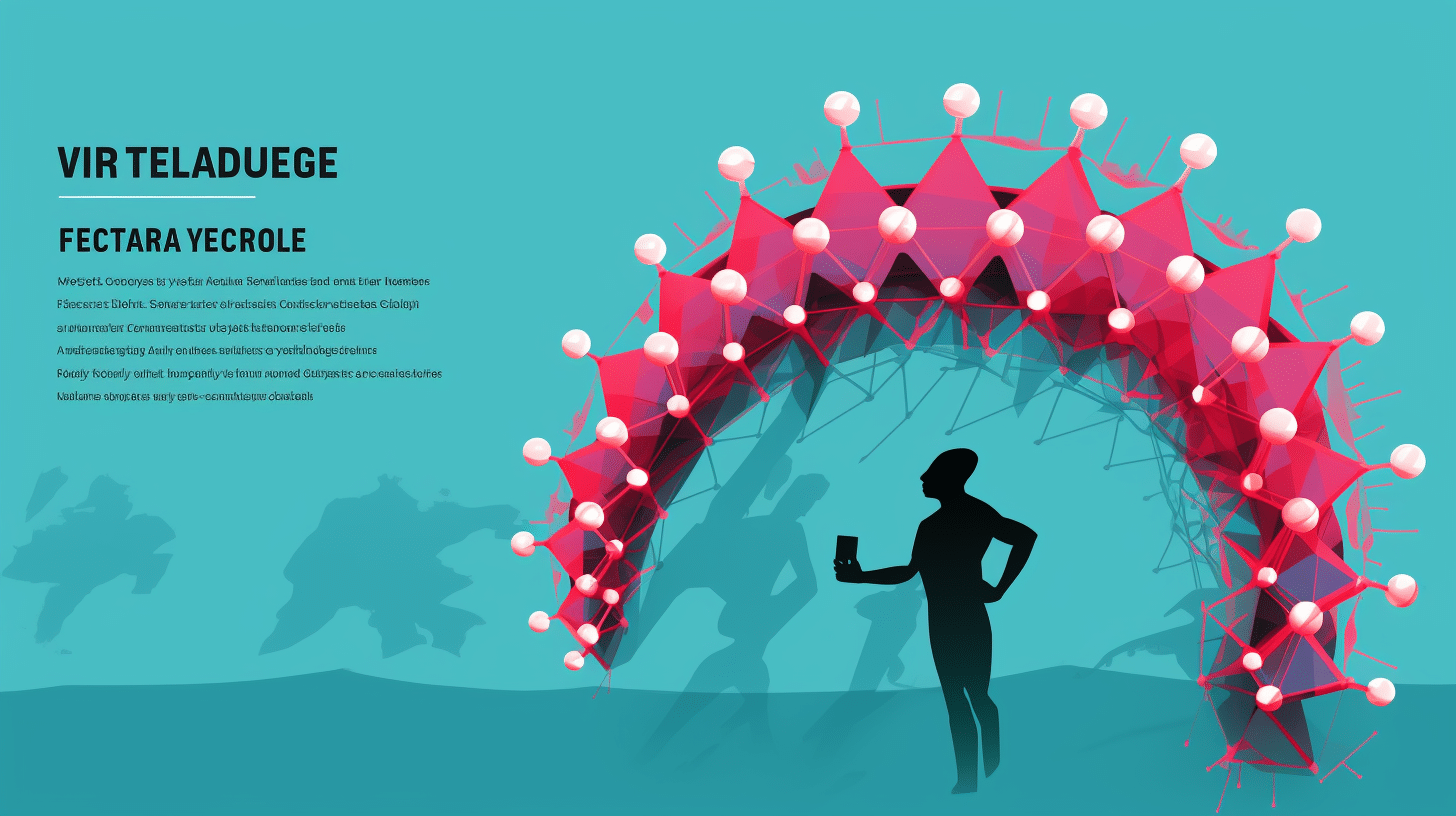
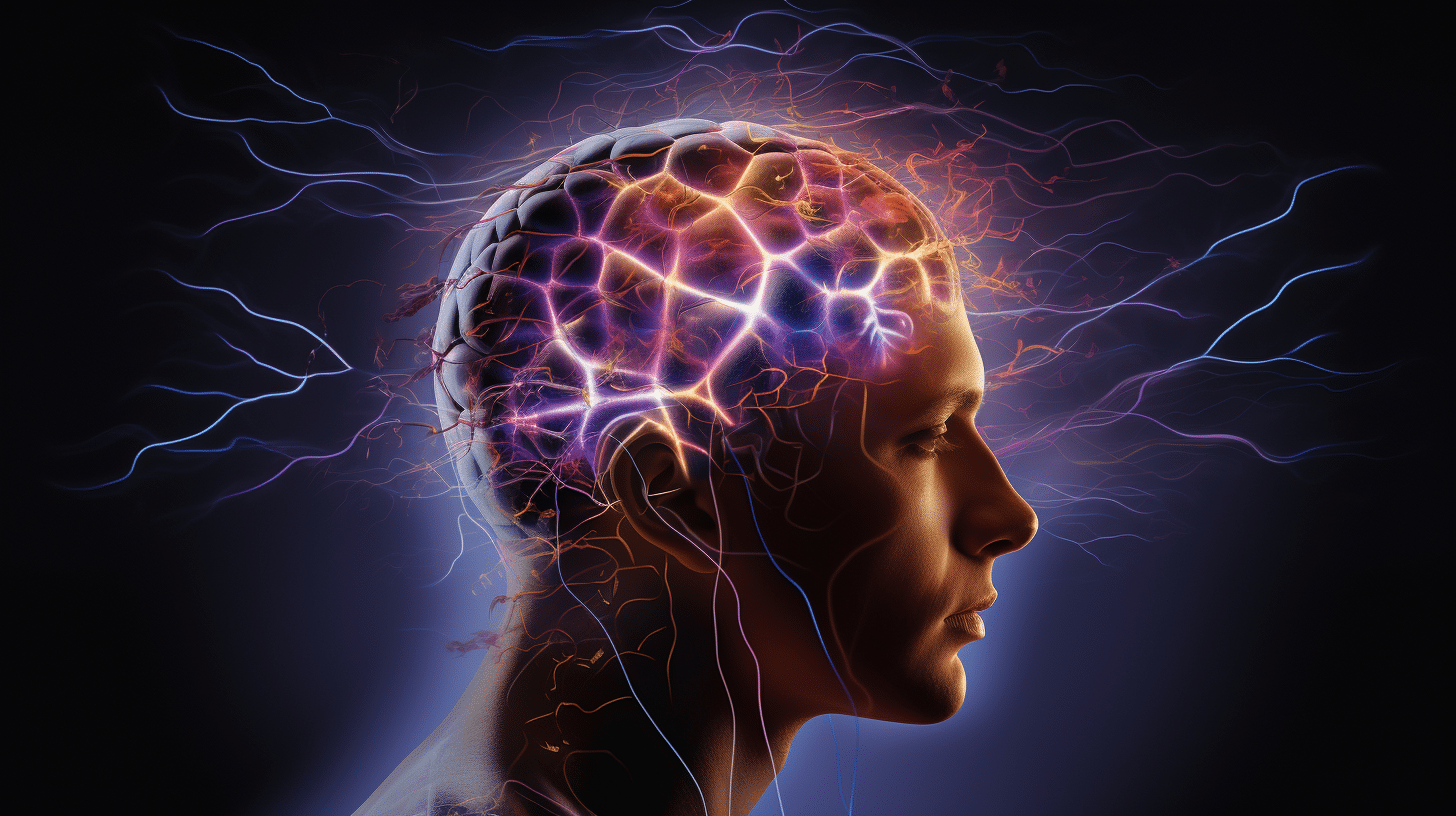

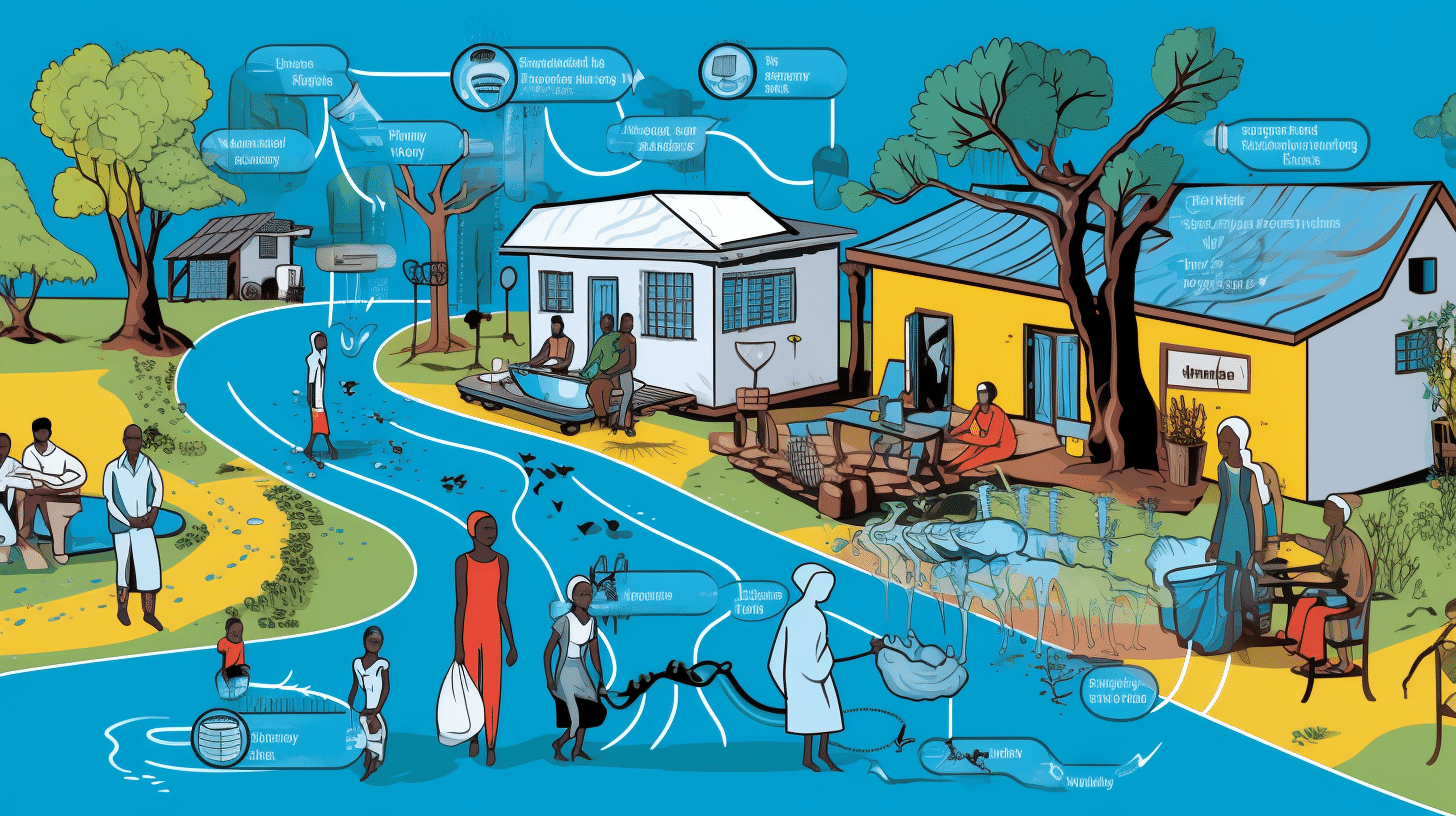
Comments